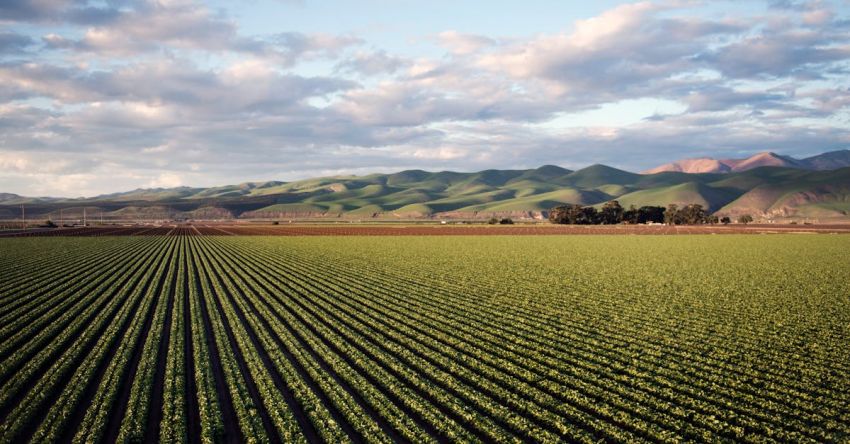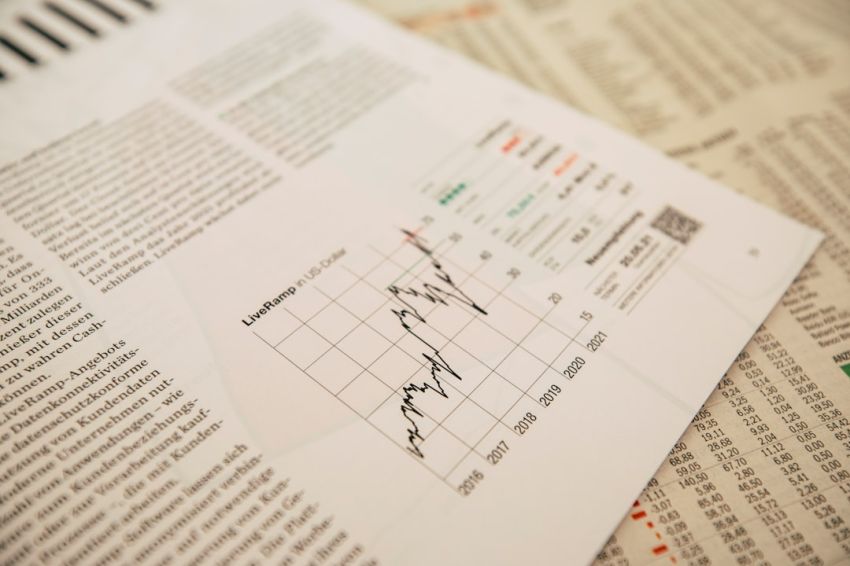Agricultural commodities play a vital role in the global economy, and trading them can offer unique opportunities for investors. From grains and livestock to soft commodities like coffee and sugar, the agricultural market is diverse and dynamic. If you are looking to delve into this sector, understanding how to trade agricultural commodities is essential. Whether you are a seasoned trader or a beginner looking to expand your portfolio, here is a guide on how to navigate the world of agricultural commodity trading.
Understanding Agricultural Commodities
Agricultural commodities encompass a wide range of products that are grown or produced on farms. This includes crops such as corn, wheat, soybeans, and rice, as well as livestock like cattle, hogs, and poultry. Additionally, commodities like coffee, cocoa, sugar, and cotton fall under the category of soft commodities. The prices of these commodities are influenced by various factors, including weather conditions, supply and demand dynamics, government policies, and global economic trends.
Factors Affecting Agricultural Commodity Prices
One of the key factors that impact agricultural commodity prices is weather. Natural disasters like droughts, floods, or hurricanes can significantly affect crop yields and livestock production, leading to fluctuations in prices. Additionally, geopolitical events, such as trade agreements or sanctions, can also influence commodity prices. Supply and demand dynamics play a crucial role in determining prices, as well as currency fluctuations and changes in global economic conditions.
Types of Agricultural Commodity Trading
There are several ways to trade agricultural commodities, each with its own set of risks and rewards. The most common methods of trading agricultural commodities include futures contracts, options, exchange-traded funds (ETFs), and commodity trading advisors (CTAs). Futures contracts allow traders to speculate on the future price of a commodity, while options provide the right, but not the obligation, to buy or sell a commodity at a predetermined price. ETFs offer a more diversified approach to trading agricultural commodities, while CTAs are professional money managers who trade on behalf of investors.
Tips for Trading Agricultural Commodities
Before entering the agricultural commodity market, it is essential to conduct thorough research and stay informed about the latest market developments. Here are some tips to help you navigate the world of agricultural commodity trading:
Diversify Your Portfolio: Investing in a variety of agricultural commodities can help mitigate risk and enhance returns.
Stay Informed: Keep abreast of market news, weather forecasts, and government reports that may impact commodity prices.
Set Realistic Goals: Establish clear trading objectives and risk management strategies to guide your trading decisions.
Use Stop-Loss Orders: Implementing stop-loss orders can help limit potential losses and protect your capital.
Monitor Market Trends: Pay attention to price trends and technical indicators to identify potential trading opportunities.
Conclusion: Navigating the Agricultural Commodity Market
Trading agricultural commodities can be a rewarding venture for investors looking to diversify their portfolios and capitalize on the global demand for food and other agricultural products. By understanding the factors that influence commodity prices, exploring different trading methods, and staying informed about market trends, you can navigate the agricultural commodity market with confidence. Remember to conduct thorough research, set realistic goals, and implement risk management strategies to enhance your trading experience and maximize your potential returns in this dynamic and ever-evolving market.










